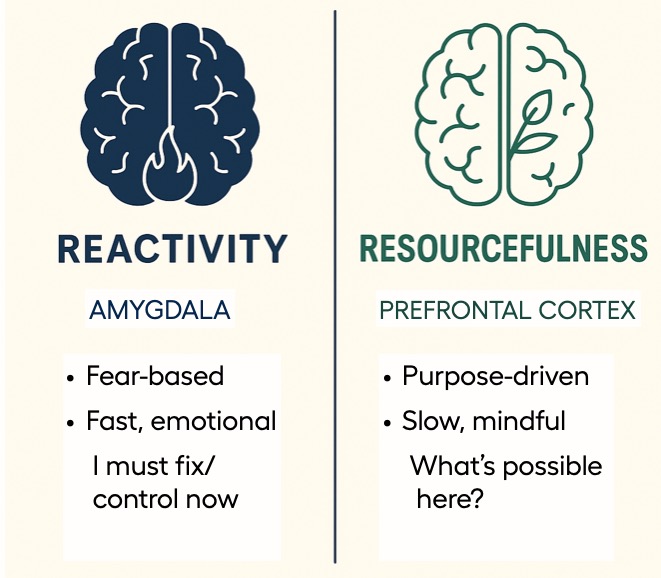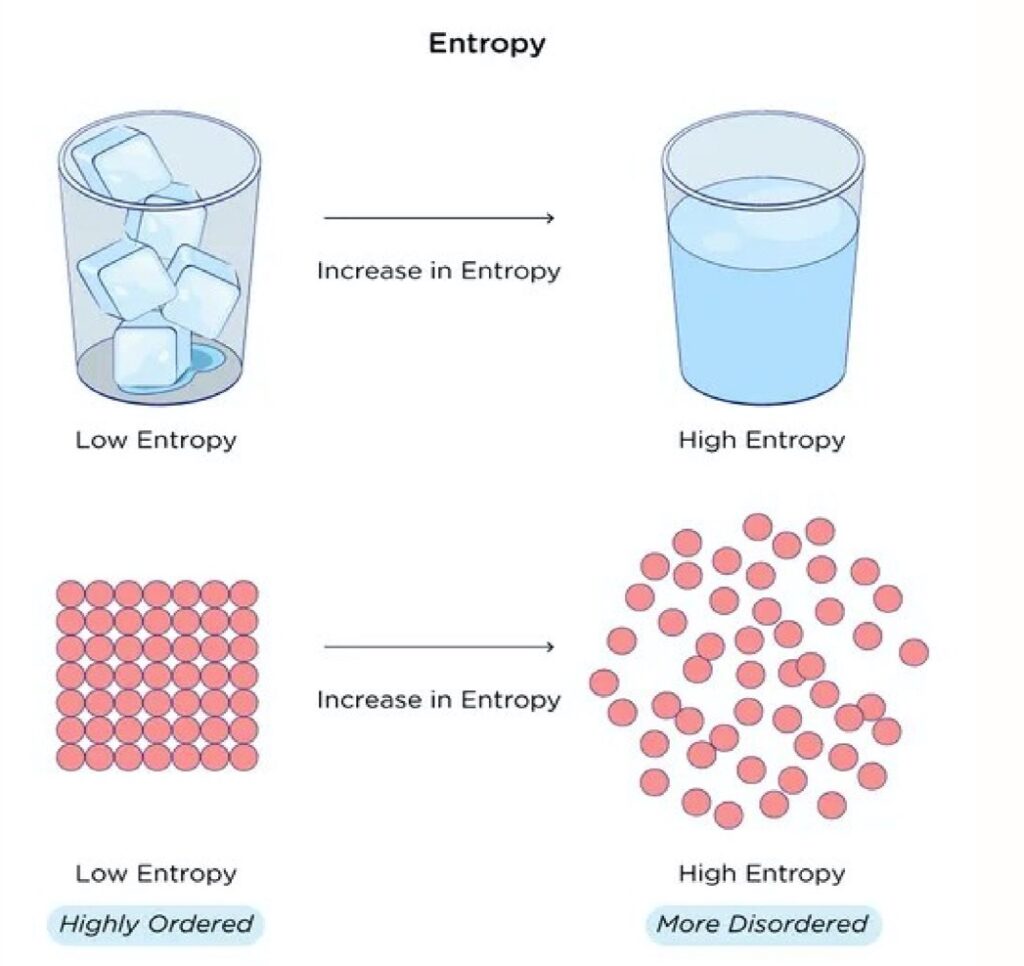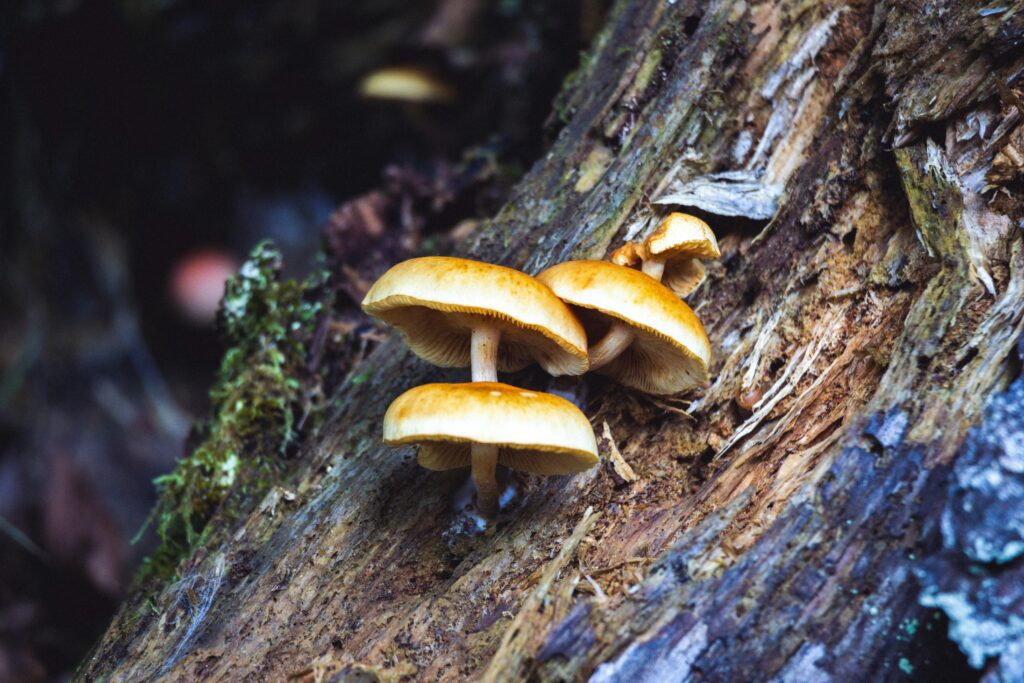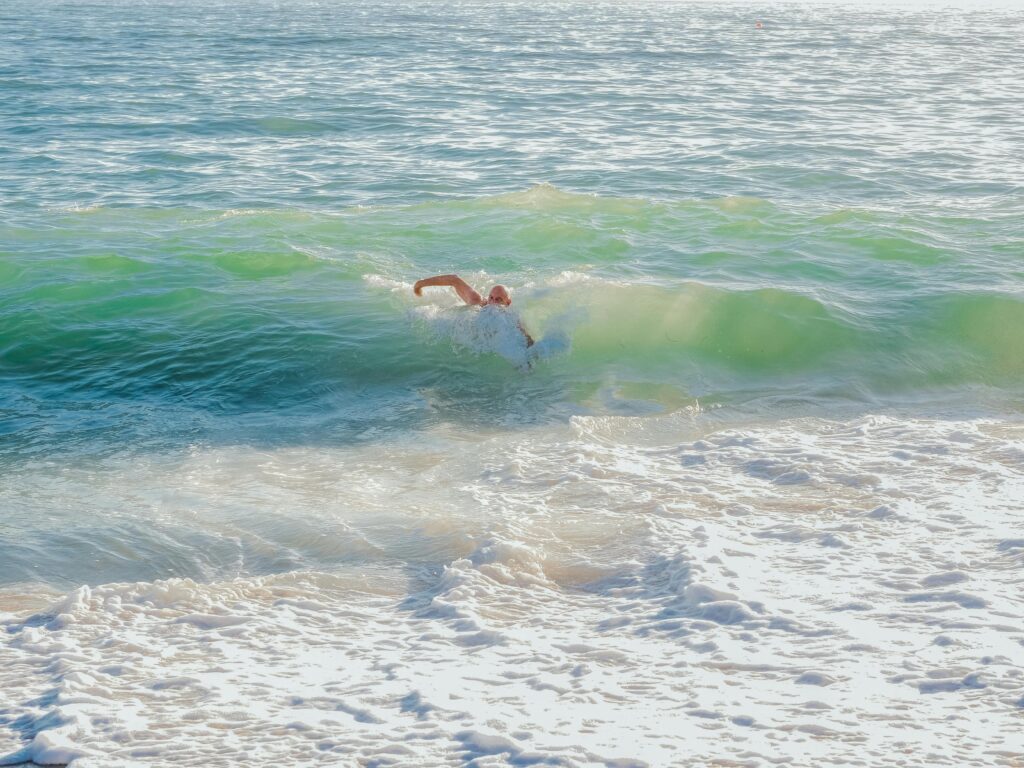We often think of boundary-setting as something rigid—something that blocks or ends the flow of connection. But what if the opposite were true? What if setting clear, compassionate boundaries is exactly what allows our creativity to flourish?
Recently, I found myself at a turning point in a deeply meaningful collaboration. The people I was working with were wonderful, inspiring human beings. And yet, despite all the goodness and shared aspiration, I wasn’t thriving. Something fundamental was misaligned. The values I hold dear—how I work, what I prioritize, and what gives me energy—were not being honored in the collaboration.
I didn’t see it right away. I went through a roller coaster of emotions: disappointment, frustration, grief. The whole Kubler-Ross spectrum of letting go played out in me.

At times, I was completely hijacked by my reactive brain—the amygdala in full swing—telling me stories that weren’t necessarily true, amplifying hurt, and driving me into a cycle of anger, self-doubt and self-pity.
But in the quieter in-between moments, I accessed something else: resourcefulness. From that place, I could zoom out. I could see myself, the situation, and the other people involved with more clarity and compassion. I could feel empathy again. And from there, a new clarity emerged: I needed to set a boundary.
It wasn’t easy. As someone who values harmony deeply, I often avoid rocking the boat. I love when everyone is vibing, when the magic of collaboration is palpable. But this time, I had to disturb the harmony—for the sake of something more true.
The essence of being human is the tension between our biological impulses and our moral aspirations.
– Robert Sapolsky
And here’s the insight I want to share: setting a boundary can be a deeply creative act.
It’s not about pushing people away. It’s about drawing a clear line between what helps you thrive and what doesn’t. It’s about saying: “This is who I am. This is what I need to stay connected to my integrity, energy, and joy.” It’s a loving act—not only for yourself, but for the people around you. Because when you stop muddling through misalignment, you free up space for something new to emerge.
This is where creativity comes in.
We often associate tension with negativity. It feels uncomfortable, so we assume something is wrong. But tension—when held with awareness—is the birthplace of all creativity. Without friction, without contrast, without the spark of difference, nothing new is born.

This is the state of the second law of thermodynamics: entropy. When there is no attraction or repulsion, no exchange in energies, all things disintegrate into loose particles with no movement. Which is the effect of finite life – real death from which there is no chance of coming back from. Luckily in our known universe there is no such place that is completely entropic.
In our world, death is full of potentiality and resurrection. If we take a tree that has fallen and is starting to decay. It is full with insects, fungus, bacteria, and other life that transforms the tree’s nutrients to nurture new life. The new is growing out of the old material.

Tension marks the edge of what is and what could be. And at that edge lies potential.
When I move through the discomfort of setting a boundary and stay present to the emotions it stirs, I start to feel movement. Not the chaos of reactivity, but the movement of possibility. I begin to imagine new ways of working, relating, and creating. I start to access the part of me that says, “Maybe it could be different. Maybe something even better wants to be born.”
That spark—that dance between what is and what’s not yet—is the heart of creativity. We pierce the quantum veil and pull things into existence.
And I believe the art of being creative in challenging moments is to be able to experience emotions and allow them to come through. It’s like waves, really. If you’re in the sea and waves are coming, cresting over your head, and the spray of water limiting your ability to breathe, you can become scared.
You might feel like, “Oh, I’m not sure if I’m going to make it back to shore.” You may struggle to swim, to breathe. The experience becomes a battle, and it starts to drain your energy.

But instead, you could say: Okay, there are the waves. They’re carrying information. All of these waves carry important messages. How can I work with that information? Can I notice the pattern of the waves, and then find a steady rhythm of swimming—working with the rhythm of the waves, with my own breath, and with my own strokes?
You find a way to work with it—to reach the shore. And then you can reflect: Wow, look at that swim. You feel the experience in your body—not just the physical exercise, but also the invigorating sense of having met a boundary and grown through it.
This, I believe, is the full arc of human potential—something we can experience in everyday life.
Whether it’s at work, in our families, or in any of our close relationships, we grow along the lines of tension and struggle.
So here’s my invitation: next time you feel tension or misalignment, don’t rush to smooth it over. Sit with it. Feel it. Let it guide you toward your inner truth. And from there, speak—not from reactivity, but from resourcefulness. From love. From clarity.
Setting a boundary isn’t the end of connection or collaboration.
Sometimes, it’s the very beginning of your next creative chapter.

